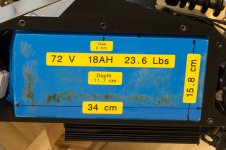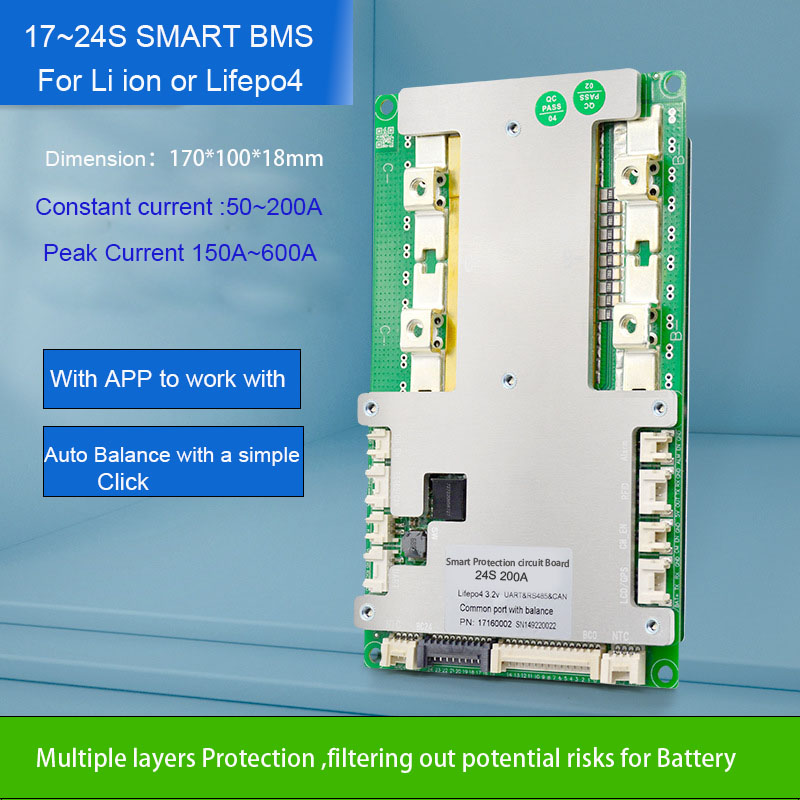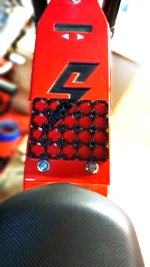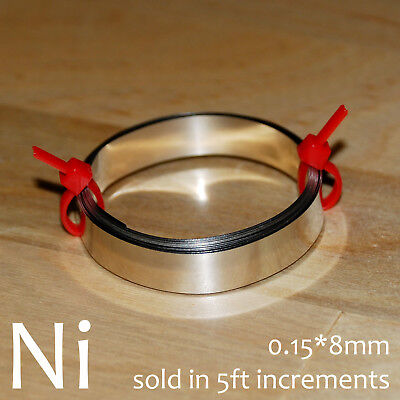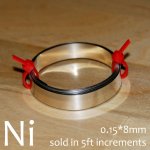Theodore Voltaire
1 GW
I've been trying to buy one, but when I describe what I need I never hear from the builders again. I guess I'm going to have to make my own. I have no experience building battery packs so I expect to need a lot of help. I'm going to need to buy everything I need, spot welder, supplies, battery cells. I have a good soldering iron thanks to Amberwolf.
I plan to use Samsung 50S, 25 amp drain cells 20s 7p. I don't expect ever running over 100 amps, but I'd like to have a 120 amp capable BMS running at less than full capacity for longevity. Please recommend a good spot welder, and BMS.
This is a BMS I found, but I'm not sure It's what I need. I might end up running the BMS external of the pack to save space. I have a cavity in my frame just above the battery where the BMS can go. Can anyone explain the difference between common port, and a separate port BMS, and which one is better for me??
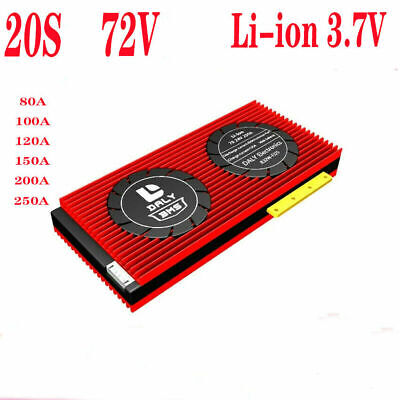
I plan to use Samsung 50S, 25 amp drain cells 20s 7p. I don't expect ever running over 100 amps, but I'd like to have a 120 amp capable BMS running at less than full capacity for longevity. Please recommend a good spot welder, and BMS.
This is a BMS I found, but I'm not sure It's what I need. I might end up running the BMS external of the pack to save space. I have a cavity in my frame just above the battery where the BMS can go. Can anyone explain the difference between common port, and a separate port BMS, and which one is better for me??

20S 72V 80A 100A 120A 150A 200A 250A Li-ion PCB BMS W/Balance Waterproof Board | eBay
20S 72V 80A 100A 150A 200A 250A 3.7V Li-ion Lithium Battery Protection BMS Board. The heat sink will greatly help cooling. 1 X14 S 48V 80A 100A 150A 200A 250A 3.7V Li-ion Lithium Battery Protection BMS Board.
www.ebay.com
Last edited:


